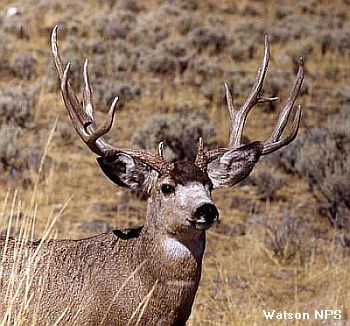American trappers make a killing with bobcat pelts
from Takepart, by Taylor Hill, April 16, 2015
International trade is fueling California’s bobcat fur demand, but pressure from conservation and citizen groups is pushing the state to look at an all-out prohibition on commercial bobcat trapping. The act came about after it was discovered that trappers were ambushing bobcats on private land and in areas just outside Joshua Tree National Park. The public outcry played a role in pressuring the state to move quickly on the issue.
But as things often go in politics, by the time Gov. Jerry Brown signed the bill, it had been workshopped into an amended semi-ban on bobcat trapping—creating no-trapping zones around national parks and wildlife refuges but allowing it elsewhere. In other words, the trapping problem near Joshua Tree had been solved, but much of the rest of the state was still fair game.
That’s allowed commercial trappers to keep making a pretty penny selling pelts overseas, thanks in part to growing demand in China and Russia. Today, bobcat pelts are fetching between $200 to $600 for just one clean, white belly fur hide—quite an increase from the $78 a bobcat pelt fetched as recently as 2009.
Those rising pelt prices fueled a 50 percent increase in California bobcats killed in 2012 compared with the previous year, resulting in 1,813 bobcats taken from the wild.
Now only a year and a half after the passage of the bill, wildlife officials are once again getting an earful from the public, with conservation groups and citizens calling for the full ban to be instated—and an end to the pelt trade for one of the last U.S.-based species of wildcat still for sale on the international market.
At a state Fish and Game Commission meeting last week, officials reviewed their options and heard from the public on the bill: Around 40 people spoke in support of a total ban, with only four members speaking against it.
“Right now, the fate of bobcats is tied to the rise and fall of its fur prices in the international market, instead of a science-based plan,” said Brendan Cummings, senior counsel for the conservation group Center for Biological Diversity.
Click HERE for original and complete article.










